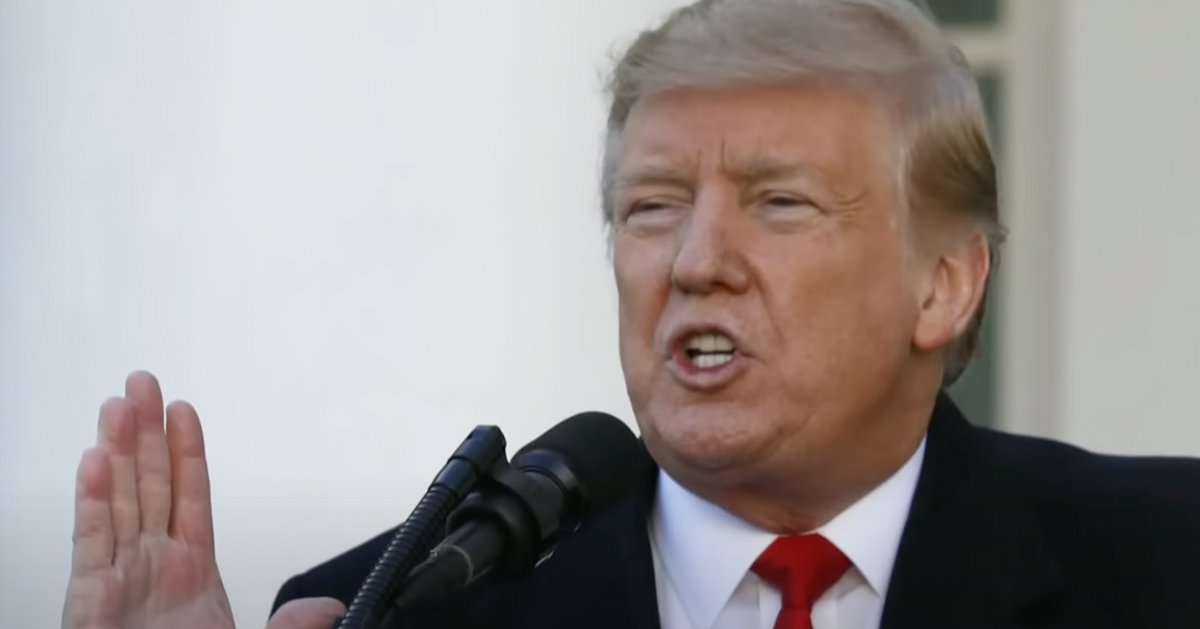Appeals court halts Biden's student debt forgiveness plan
The U.S. Court of Appeals for the 8th Circuit has halted former President Joe Biden's "Saving on a Valuable Education" (SAVE) plan, intensifying the debate over student loan debt forgiveness.
This judicial decision stems from a legal challenge spearheaded by seven states with Republican leadership, questioning the extent of Biden's authority to shift student debt repayment burdens to taxpayers, as Breitbart reports.
Biden's SAVE plan intended to transition the financial responsibility of student loans from borrowers to the larger taxpayer base. This move, however, faced swift legal retaliation.
Republican-led states successfully argued that it went beyond the legal constraints envisaged for presidential power, especially given recent Supreme Court interventions. In June, the Court had already blocked Biden's previous attempt at a broader debt cancellation initiative.
GOP-led States Challenge Biden's Authority
According to the details in the court proceedings, the crux of this legal challenge was the alleged overreach by the former president in enacting such financial policies. These states contended that Biden lacked the requisite authority to bypass established legislative mandates related to fiscal governance.
The SAVE plan, as detailed by the Federal Student Aid website, operates as an income-contingent repayment system. It proposes modifications in repayment terms focusing on income and family size, as a step to alleviate financial burdens on borrowers. This plan resonated with numerous students and graduates facing substantial debts.
This financial restructuring was projected to bear a substantial fiscal load. The University of Pennsylvania's Penn Wharton Budget Model reported an expected net cost of $475 billion over a decade.
Such figures have served to amplify concerns among fiscal conservatives and opponents regarding the longer-term implications for taxpayers.
Fiscal Implications and Broader Impact
Approximately $200 billion of the projected cost was linked to payment reductions on existing debts. This denotes a significant portion, which raised questions about the sustainability and equity of such fiscal policies. The potential economic impact on national debt levels and taxpayer obligations was a focal point for critiques.
Moreover, estimations from the model suggested that by the time of the plan's anticipated activation in July 2024, around 53 percent of existing loan volumes would transition to this scheme. This could result in nearly $869 billion worth of loans benefiting from boosted subsidies, altering the repayment dynamics for many.
Reports from last February highlighted the ongoing shift in policy, with over 150,000 student borrowers notified of partial or full loan forgiveness. This trend benefited many but also fueled concerns over the collective financial repercussions for taxpayers who ultimately shoulder these costs.
Broader Economic and Social Considerations
These developments emphasized a continued and contentious dialogue over regulatory frameworks governing debt forgiveness initiatives. The fiscal ramifications for the American economy and individual financial planning remain at the forefront of debate.
Against this backdrop, supporters and critics of Biden’s plan presented divergent perspectives on the equitable balance between borrower relief and taxpayer burdens. The contrasting views underscore the complexities at the intersection of public policy, finance, and social equity.
Given these multifaceted impacts, the discussion extends beyond just financial calculus. Questions about the role of education funding and the ethical responsibilities of federal governance emerged, spotlighting broader implications for public policy.
Future Debates and Potential Outcomes
This case could set precedents impacting future educational financial policies and the regulatory capacities of a president. As the legal discourse progresses, it also signals potential shifts in administrative priorities and legislative responses.
With ongoing court hearings, the ultimate fate of the SAVE plan hangs in balance. The legal conclusions may shape not only the educational funding landscape but also presidential policy-making boundaries for subsequent administrations.
As these discussions unfold, broader considerations about student financial burdens, governmental financial policy, and collective public responsibility are heightened. This development is a key moment within the larger narrative of national economic strategy and educational reform.
The dialogue reflects broader societal priorities and the evolving role of governance in addressing public needs amidst dynamic fiscal landscapes. As the legal processes advance, attention remains fixed on the potential ramifications for consumers, taxpayers, and the broader public realm.






